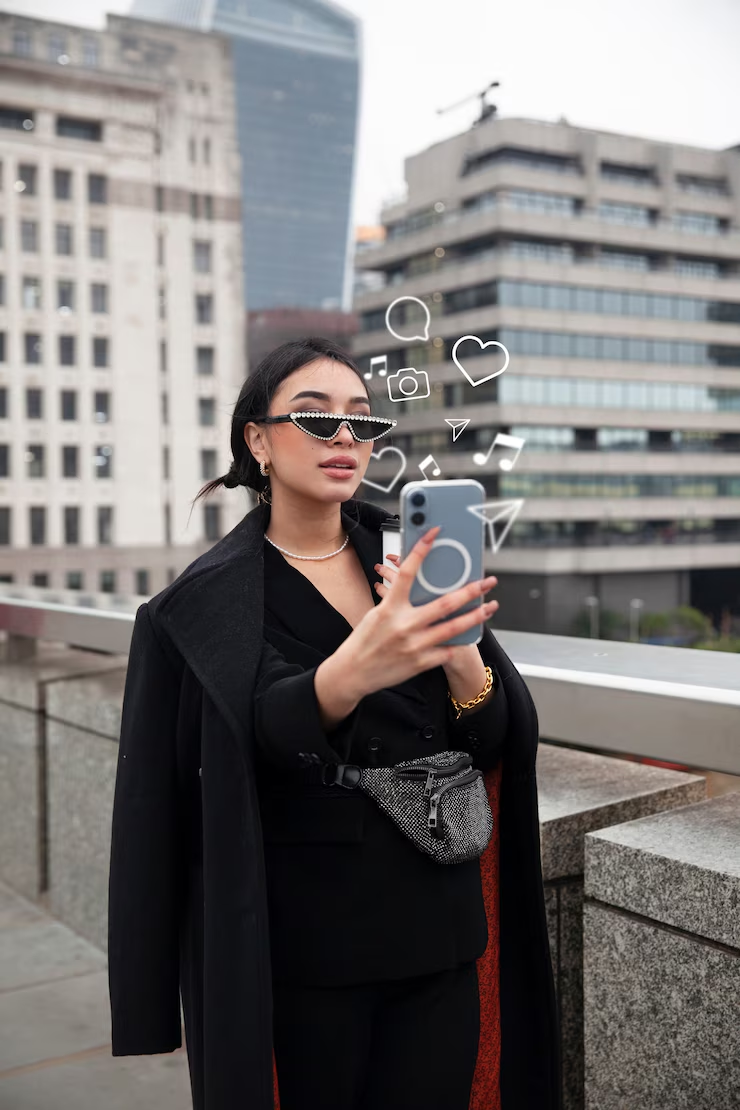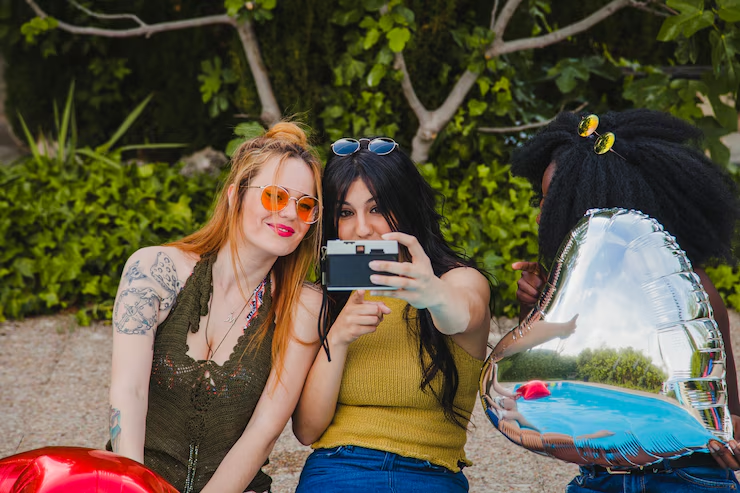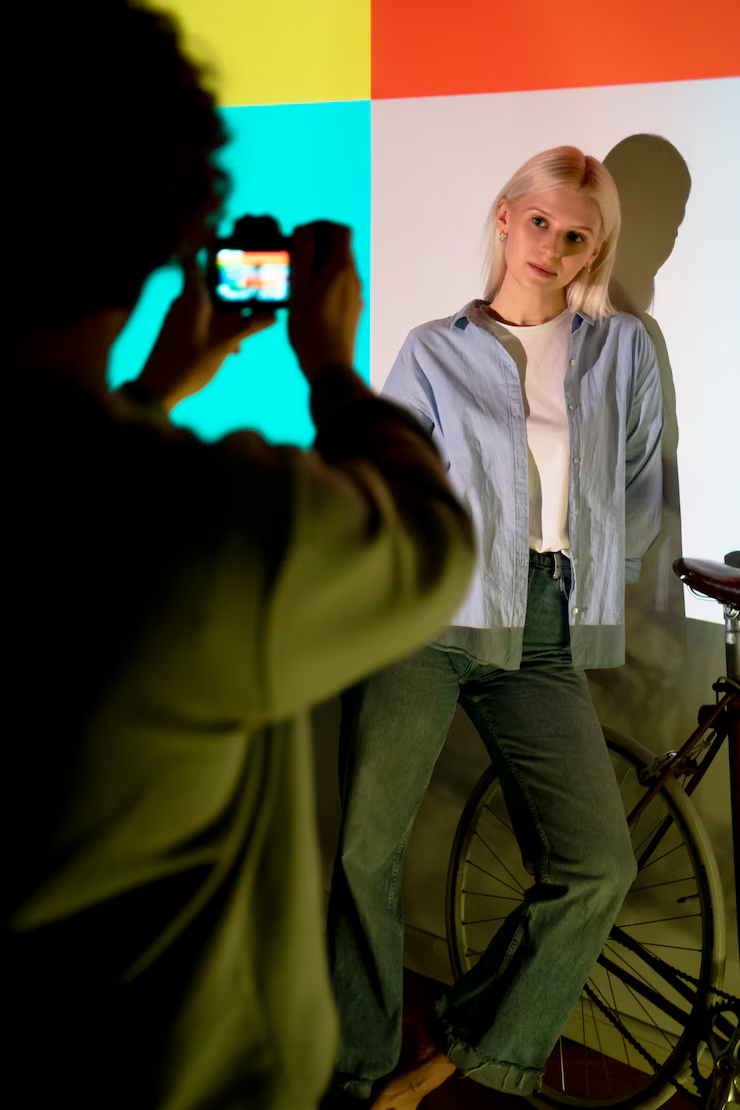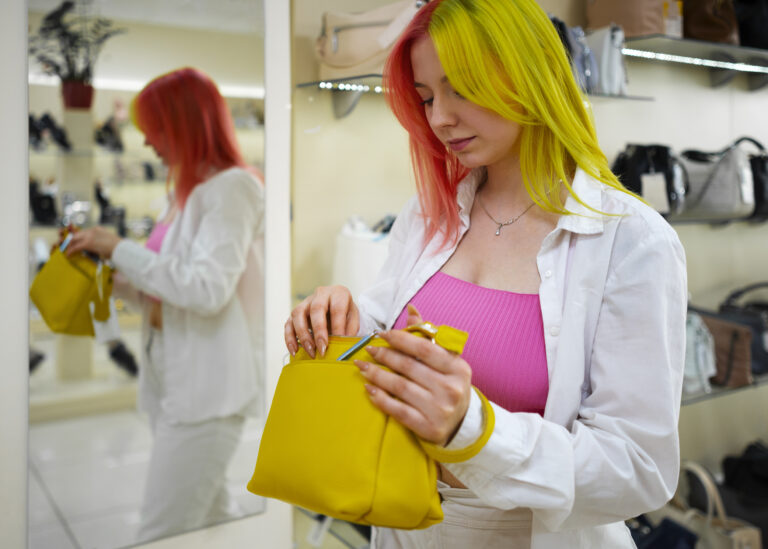Influencersgonrwild: Fame Unfiltered in the Age of Virality
Introduction
The term Influencersgonrwild captures a growing trend where social media creators push extreme limits to stay relevant, but at what cost? In 2025, viral fame can blur the line between bold and reckless. This article breaks down the why behind the chaos, what it means for creators and audiences, and how we can shift digital influence back toward something healthier, more human, and genuinely impactful.
What Is influencersgonrwild?
influencersgonrwild is a cultural phenomenon where digital creators push personal, ethical, or legal boundaries in pursuit of fame and virality. From wild stunts to controversial behavior, the trend captures how far some influencers are willing to go to remain relevant in an oversaturated attention economy.
It’s not just a click-worthy phrase. It’s a reflection of how influencer culture is evolving—and unraveling.
Where It All Began: A Shift in Digital Culture
The term influencersgonrwild draws its inspiration from both reality and satire, echoing chaotic behavior once relegated to tabloids, but now livestreamed for millions.
Back in the early 2010s, influencers gained traction by being authentic and easy to connect with relatable voices in a sea of polished media. But by 2025, we’ve entered a phase of performative wildness. Where controversy converts faster than compassion.
What changed?
- Social media platforms now reward outrage, not just content.
- The influencer economy is expected to reach $47.8B by 2027 raising the stakes.
- Audiences are fatigued by filtered perfection. Raw, real, and often reckless gets the clicks.
Key Characteristics of the influencersgonrwild Trend
Here’s what defines this movement:
- Shock-driven content: Nudity, pranks, danger anything for attention.
- Emotional exploitation: Sharing breakdowns, feuds, or intimate moments for engagement.
- Rapid backlash cycles: Viral one day, canceled the next.
- Monetization over meaning: Ethics often take a back seat to growth.
Staying visible online today often means walking a tightrope and not every creator makes it through unscathed.
Famous Examples of influencersgonrwild
1. Bonnie Blue’s “2,000 Men” Stunt
British OnlyFans star Bonnie Blue shocked social media after announcing a public intimacy event with 2,000 men inside a London glass box. Her TikTok and Instagram accounts vanished days later. Whether it was an act of sexual expression or performative provocation, the event sparked a global debate.
2. Samantha Strable and the Wombat Incident
Dubbed “Wombat Woman,” U.S. Samantha Strable drew intense criticism after sharing footage where she aggressively interacted with a wild wombat during a trip to Australia. The act prompted legal reviews and diplomatic condemnation.
3. Lily Phillips and the Controversial 101-Partner Challenge
Claiming to have had sexual contact with 101 men in a single day, Phillips filmed and promoted the act for online fame. Her defenders cited sexual freedom; critics labeled it exploitative clickbait.
These stories aren’t outliers, they’re accelerants of a viral trend.
The Psychology Behind influencersgonrwild
Why do influencers cross these lines?
- Validation loops: Likes = love. Shares = self-worth.
- Content burnout: To stay relevant, creators escalate their output.
- Algorithmic incentives: Platforms favor content that provokes a reaction.
- Parasocial pressure: Audiences crave closeness; creators respond with oversharing.
For many influencers, wildness isn’t a choice, it’s a survival strategy.
How the Audience Is Shaping This Trend
Audiences are both fuel and filter for influencersgonrwild.
- Curiosity drives engagement—and algorithms boost engagement.
- Outrage boosts visibility—criticism still counts as interaction.
- Audience fatigue is real—many now unfollow those who cross moral lines.
In 2025, 78% of Gen Z report feeling skeptical about influencer motives after a scandal. That’s telling.
Brand Responsibility and Platform Failures
The platforms and sponsors behind these creators aren’t blameless.
Platforms:
- Algorithms reward sensationalism.
- Community guidelines are inconsistently enforced.
- Harmful trends often go unchecked until public backlash erupts.
Brands:
- Some continue to partner with problematic creators due to their “reach.”
- Others quietly drop them once the damage is done.
FTC regulations are increasing, especially around undisclosed sponsorships, but enforcement is slow compared to virality’s speed.
influencersgonrwild vs. Authentic Influence
Not all influencers are part of this chaos. Many creators still prioritize:
- Community over clout
- Meaning over metrics
- Longevity over virality
A growing wave of “slow content” creators focus on education, mindfulness, and transparency. They’re proof that digital fame doesn’t have to burn fast and bright.
What People Are Asking About influencersgonrwild
Is this just another internet phase?
Not quite. This trend points to underlying cracks in the creator economy. Where emotional burnout, blurred personal boundaries, and unchecked monetization collide.
Are younger audiences at risk?
Yes. Many teens mimic influencers without understanding the risks legal, psychological, or social.
Can the trend be reversed?
It can be redirected. With ethical platforms, informed audiences, and conscious creators, the culture can evolve.
The Future of Influence: Beyond the Wild
The influencersgonrwild trend is a cautionary tale. A mirror held up to a culture obsessed with spectacle, speed, and social capital. But it’s also a chance to rethink what influence really means.
Going forward:
- It’s crucial for creators to safeguard their emotional wellbeing and stay grounded in their values, even when the spotlight burns bright.
- Platforms must value wellbeing over watch time.
- Audiences must engage more consciously, not just passively scroll.
Influence doesn’t have to be wild to be worthy.
Final Thoughts: When Fame Feels Like Fire
In a world where cameras are always on, and performance is currency, influencersgonrwild is the symptom, not the disease.
But this digital reckoning can lead to a better future. One where creators are celebrated for courage, not chaos. Where storytelling is slower, smarter, and more soul-filled.
Because in the end, the most powerful influence is the one that uplifts, not unravels.







